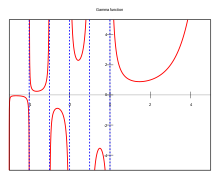![]() Automate the OEIS
We see a lot of challenges here asking for a function to create a sequence from the OEIS. While these challenges are fun, as a programmer I see an opportunity for automation.
Your challenge is to make a program that takes the index of a sequence (e.g. A172141) and some intege...
Automate the OEIS
We see a lot of challenges here asking for a function to create a sequence from the OEIS. While these challenges are fun, as a programmer I see an opportunity for automation.
Your challenge is to make a program that takes the index of a sequence (e.g. A172141) and some intege...




